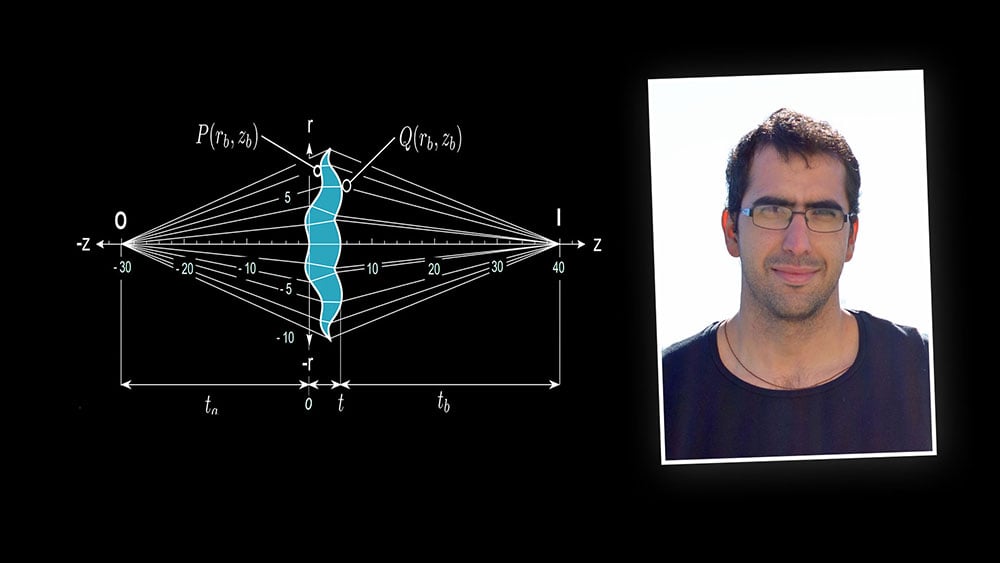Posted: Jul 09, 2019 8:59 am
Spherical Abberation

I'll be placing an order for new camera lenses soon (and a new astro telescope)...
This could also mean a marked improvement for spectacle wearers!
Goodbye Aberration: Physicist Solves 2,000-Year-Old Optical Problem
The Problem
You see, lenses are made from spherical surfaces. The problem arises when light rays outside the center of the lens or hitting at an angle can’t be focused at the desired distance in a point because of differences in refraction.
Which makes the center of the image sharper than the corners. Which leads to countless YouTube reviews on lenses. And countless hours of watch time. And makes advertisers and YouTubers happy.
In his 1690 book, Treatise on Light, astronomer Christiaan Huygens points out that both Isaac Newton (the greatest scientist of all time) and Gottfried Leibniz (the last universal genius) tried to solve the problem, but couldn’t:
As has in fact occurred to two prominent Geometricians, Messieurs Newton and Leibnitz, with respect to the problem of the figure of glasses for collecting rays when one of the surfaces is given.
It is appropriate to mention that Newton invented a telescope that solved the chromatic aberration, but not the spherical aberration.
...snip...
The Solution
Fast forward to 2018 when Héctor A. Chaparro-Romo, a doctoral student at the National Autonomous University of Mexico (UNAM), who had been trying to solve this problem for 3 years, invited Rafael G. González-Acuña, a doctoral student from Tec de Monterrey, to help him solve the problem.
At first, González did not want to devote resources to what he knew to be a millenary, impossible to solve problem. But upon the insistence of Héctor Chaparro, he decided to accept the challenge.
After months of working on solving the problem, Rafael González recalls, “I remember one morning I was making myself a slice of bread with Nutella, when suddenly, I said out loud: Mothers! It is there!”
(Note: “Madres” is a Spanish word that means, of course, many moms. But in this context it is equivalent to the expression “Holy sh*t!” in English, or, to a lesser extent, “Eureka!” in Greek.)
He then ran to his computer and started programming the idea. When he executed the solution and saw that it worked, he says he jumped all over the place. It is unclear whether he finished eating the Nutella bread.
Afterwards, the duo ran a simulation and calculated the efficacy with 500 rays, and the resulting average satisfaction for all examples was 99.9999999999%. Which, of course, is great news for gear reviewers on YouTube, as they will still be able to argue about the 0.0000000001% of sharpness difference among lens brands.
I'll be placing an order for new camera lenses soon (and a new astro telescope)...
This could also mean a marked improvement for spectacle wearers!